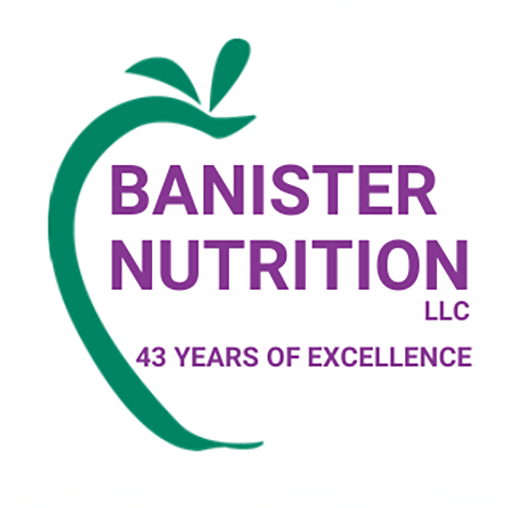Alcohol Linked to Cancer Risk
As registered dietitians, we are committed to helping our patients make informed decisions regarding their health. The recent advisory from U.S. Surgeon General Dr. Vivek Murthy states: Alcohol consumption, even at moderate levels, increases the risk of cancer.
Alcohol is a preventable or at least modifiable cause of cancer. Research confirms that alcohol intake is directly linked to at least seven types of cancer, including breast, liver, colorectal, esophageal, and head and neck cancers. The higher the alcohol intake the higher the risk. For certain cancers, like breast, mouth and throat cancers, evidence shows that the risk of developing cancer may start to increase with only one drink daily.
Many may find this information confusing because we have been told for years that a moderate amount of alcohol may have heart health benefits. Plus, it certainly is a social norm. A meta-analysis of multiple studies indicates the evidence is clear: The carcinogenic effects of alcohol outweigh any perceived benefits. Alcohol intake is metabolized into acetaldehyde, a toxic compound that damages DNA, setting the stage for cancer development.
The Surgeon General’s advisory is a wake-up call to assess the frequency and amount of alcohol we consume. If you’re interested in reducing your risk of cancer or have a strong family history of the disease, now seems like the perfect time to consider stepping on the brakes to decrease your alcohol intake.
Keep in mind one standard serving size of an alcoholic beverage is defined as:
Wine: 5 ounces
Hard Liquor: 1.5 ounces
There are many non-alcoholic wines, beers, mocktails and sparkling spritzers for enjoyable alternatives to alcohol. Small, consistent changes can make a big difference in supporting your long-term health.
